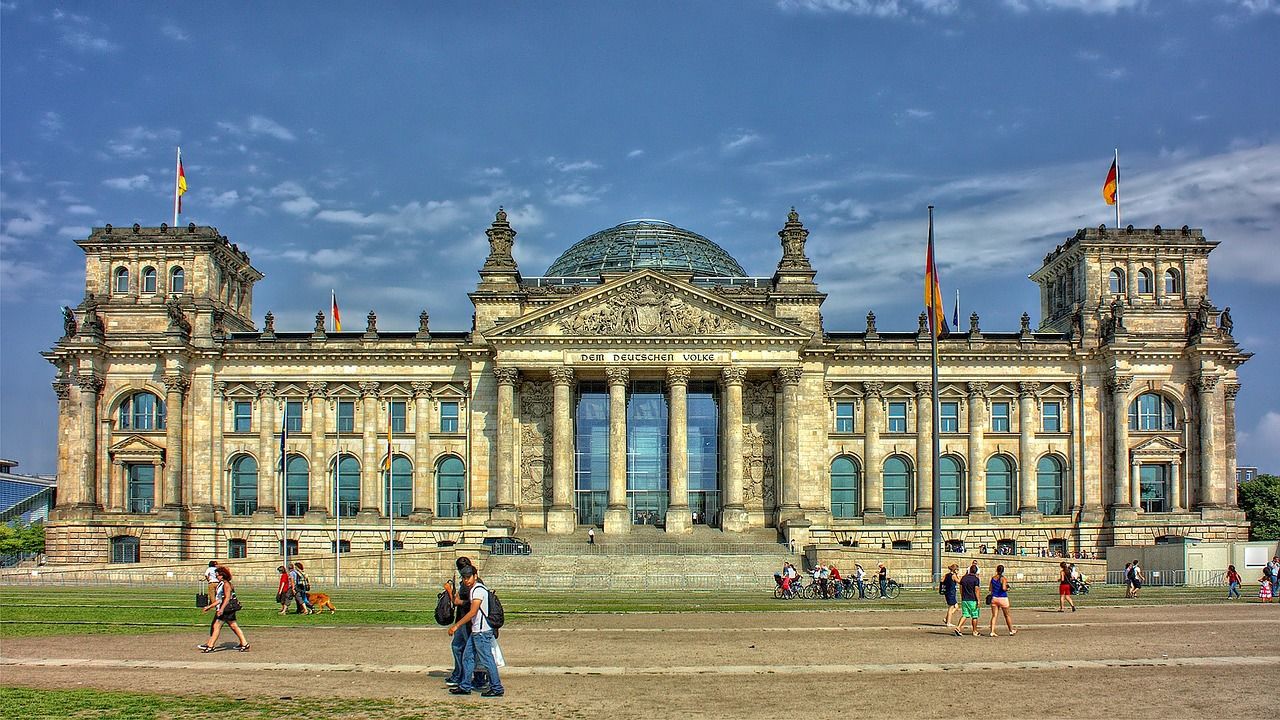Support NewsLeaf.com from as little as £1 by donating via PayPal. Click here to donate.
Yesterday, Germans went to the polling booth to choose Chancellor Angela Merkel’s successor, who after a successful 16 years in the country’s top job is stepping down.
The results started coming in overnight and there is now a clearer picture as to how the Bundestag, the German parliament, will look like.
The SPD, as the below social media posts illustrate, have attained victory albeit with a small margin. In terms of votes, there is only a 1.6% gap between the two leading parties.
This small gap in the vote distribution also reflects the distribution of seats in the Bundestag as their electoral system is much more representative than the United Kingdom’s first past the post mechanism.
To form a government, however, the SPD will have to form a coalition as it is usually the case in Germany.
At a mere first glance, the SPD could either enter a coalition with the FDP and the Greens or form a grand coalition with the CDU/CSU.
It remains to be seen which course of action the SPD will enact.
_____________________________________________________________________________

Raza Hussain is an award-winning writer: the Extra-Mile winner of Newsquest’s Young Reporter Scheme, Young Writers certified his ‘Talent for Writing’ and he is the recipient of the ‘Prize for Outstanding Achievement in Sociology’. Twitter: @raza_hussain01 Instagram: raza.hussain01



